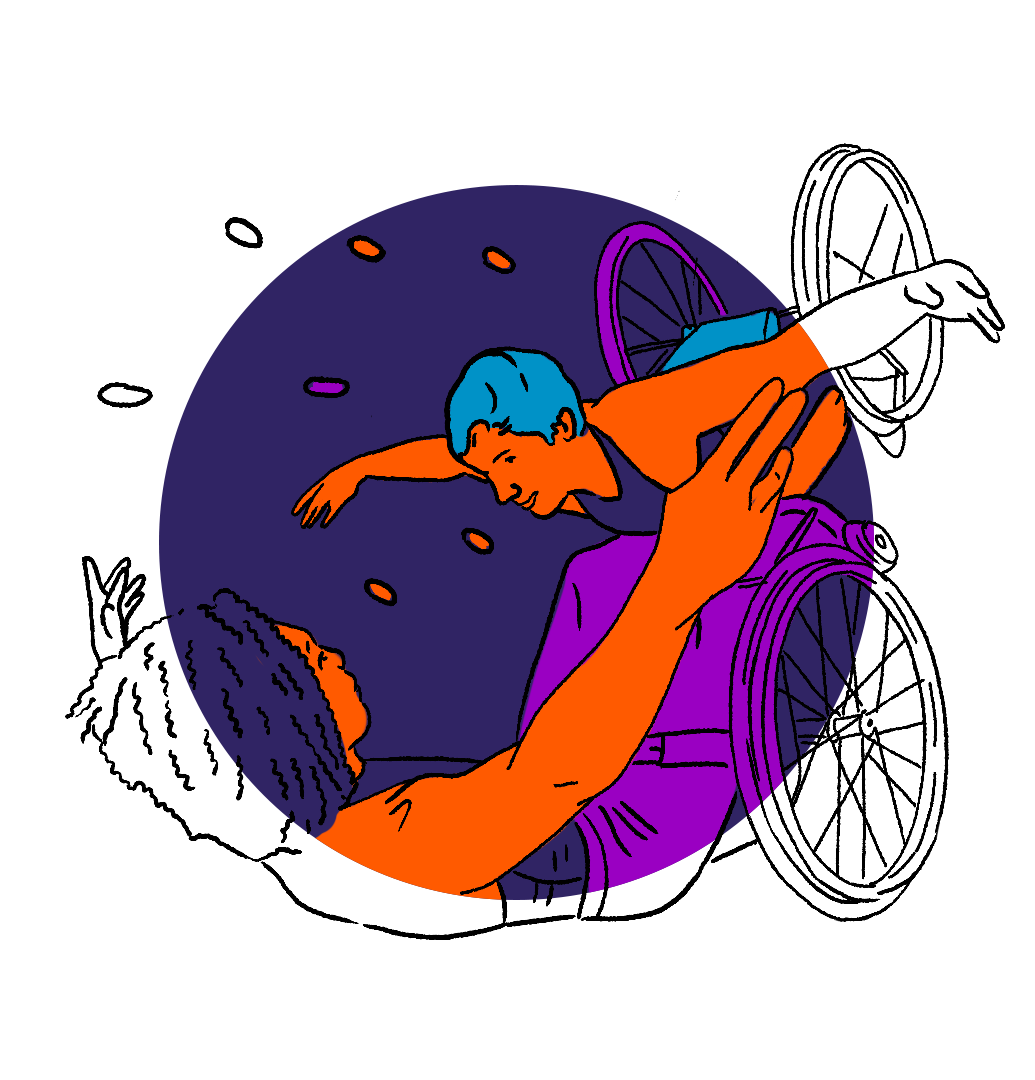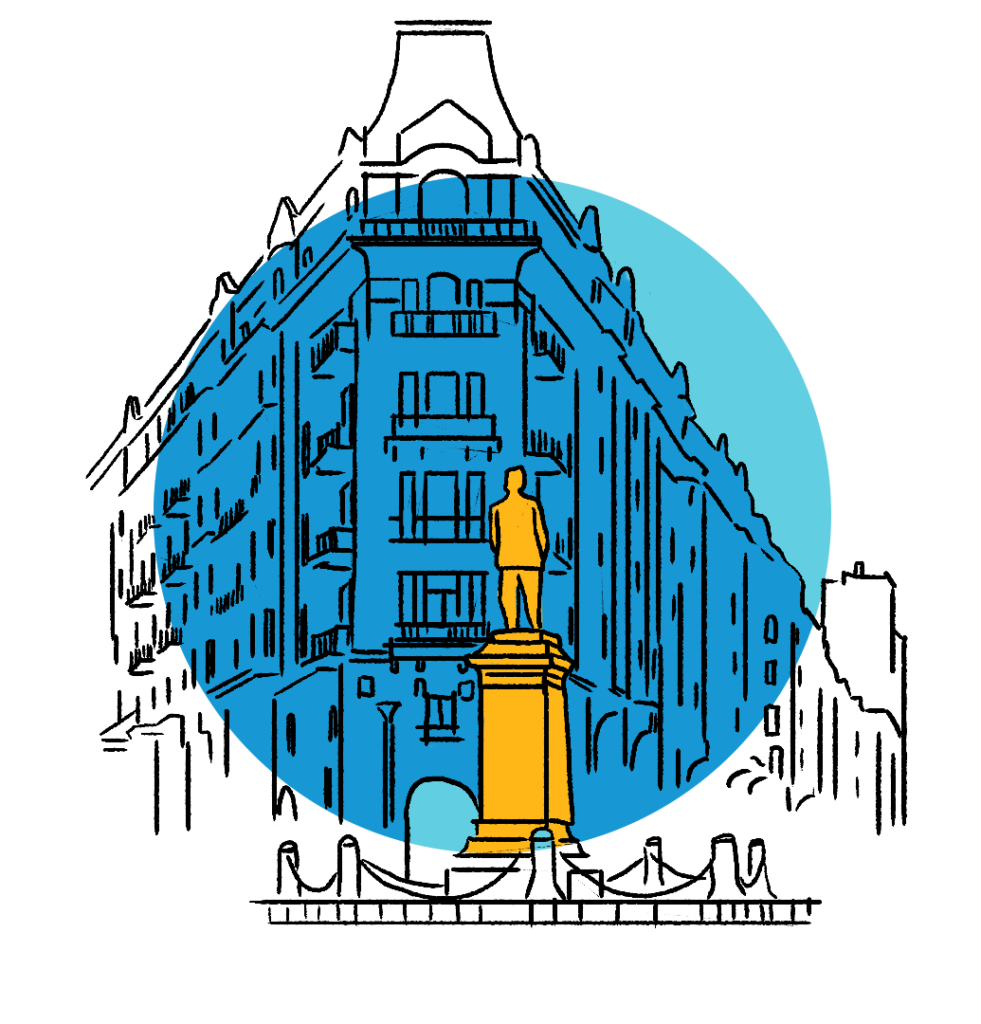In the US, grants from the National Endowment for the Arts fund projects that measure the societal value of creativity and create transdisciplinary connections with the potential to transform lives
In keeping with its strategic plan, the National Endowment for the Arts continually seeks ‘to strengthen the creative capacity of…communities by providing all Americans with diverse opportunities for arts participation.’ To show how this organisational mission relates to social impact investing more broadly, it may help to spotlight some of the agency’s research partnerships and national initiatives—programmes that complement the Arts Endowment’s core grantmaking function.
Standardising data on the creative economy
Arguably, the first step toward recognising and reaffirming the societal value of creativity and the arts is to ensure that adequate statistical systems are in place. In 2012, the Arts Endowment entered into a long-term partnership with the Bureau of Economic Analysis in the US Department of Commerce.
Together, the agencies developed an Arts and Cultural Production Satellite Account (ACPSA) – the nation’s first-ever attempt to measure the economic impact of artistic, cultural and creative industries. The top-line findings – that arts industries contribute 4.5 per cent to US GDP; that they employ over 5 million workers; and that they contribute to a trade surplus – have become staples of public messaging about the arts as a vibrant sector of the economy.
The account represents one of very few data sources within the US government for monitoring the nation’s creative output in econometric terms. According to the ACPSA, arts and cultural production makes up half of the US creative economy, as measured by what the World Intellectual Property Organisation calls ‘copyright-intensive industries’. Especially vital to the growth of these industries are arts-related web publishing and streaming; sound recording; and publishing, including arts-related software.
Beyond economics, for decades the Arts Endowment has tracked artistic and creative activities at the household level. Once again, a long-term research partnership with a federal government agency – in this case, the US Census Bureau – has provided the means for discovery. These periodic surveys enable researchers, arts organisations, journalists and educators to understand the shifting demand and contexts for arts engagement within the 50 states and across the US as a whole. The most recent data suggests that over half of US adults (54 per cent) create or perform art of their own, while 74 per cent access art through electronic and digital media.
In a time of urgent questions about how the arts and creativity can flourish, researchers and practitioners must partner effectively to acquire the evidence needed for constructing a shared vision of recovery and resilience
Community development and creative placemaking
Some of the Arts Endowment’s funding programmes incentivise nonprofit organisations and artists to connect with non-arts stakeholders to bring about systemic changes in their communities. Community development is a sector in which embedding arts strategies can go a long way toward achieving the goals of multiple funders and partner organisations. This year marks the 10th anniversary of the Arts Endowment’s Our Town programme. Part of a nationwide movement called ‘creative placemaking’, Our Town projects integrate arts, culture and design activities into efforts that strengthen communities by advancing local economic, physical and/or social outcomes.
Our Town projects are inherently cross-sectoral. They also require partnerships between local government entities and nonprofit organisations, including arts or cultural groups. The Arts Endowment has developed a theory of change, a measurement model, and other resources to aid creative placemaking practitioners in assessing and communicating their impacts.
These creative placemaking grants have resulted in two broad categories of measurable impact. One category is local economic, physical and social changes to a community. Outcomes may include local business and job growth, beautification and new construction, and greater civic engagement or social cohesion.
More difficult to measure is a second, higher-order category of impact from creative placemaking. By integrating the arts (including design) with community development, Our Town grant projects can drive social innovation through systems change. Over time, Our Town grants can lead to durable cross-sector partnerships, to sustained replication and scaling of innovative projects, and to the strengthening of creative placemaking as a distinct field of practice.
Research-and-practice partnerships
If data promotion and cross-sector programming can validate the social impact of the arts and creativity, then research-practice partnerships unite the two approaches. This principle operates in NEA Research Labs, transdisciplinary teams examining the arts’ relationship to the following domains: health and social-emotional wellbeing; and entrepreneurship and innovation. The agency is currently supporting 17 Research Labs. The Arts Endowment is attempting to create a network across these disparate communities of researchers and practitioners.
The majority focus on the arts and health. In 2020, the agency will engage a coordinating entity for the Sound Health Network, based on a partnership with the National Institutes of Health and the John F. Kennedy Center for the Performing Arts, to investigate music’s relationship to health and wellness. The network will power a cross-section of researchers and practitioners alike: musicians, neuroscientists, music therapists and health providers.
The Sound Health Network will profit from the experience of the Arts Endowment’s Creative Forces programme, which embeds creative arts therapists in military and veteran healthcare facilities. This partnership with the US Departments of Defense and Veterans Affairs has led to arts therapists collaborating on site-specific studies with academic researchers. Especially in a time of urgent questions about how the arts and creativity can flourish amid constrained resources, researchers and practitioners need to partner effectively – and swiftly – to acquire the evidence needed for promulgating a shared vision of recovery and resilience.
Conclusion
Grants from the National Endowment for the Arts attract other investors, across multiple fields of social impact, to support the arts and creativity nationwide. But signal leadership efforts by the agency – in monitoring creative economy data, providing financial and technical support for creative placemaking projects, and establishing research-practice partnerships – permit the seamless integration of arts-based solutions with social entrepreneurship. Federal data shows the formidable size and growth potential of the creative economy. Community development finance institutions (CDFIs) have embraced arts and design strategies. Meanwhile, researchers, creative arts therapists and healthcare professionals are co-developing evidence-based practices for the treatment of post-traumatic stress and related psychological illnesses in populations for whom relief through standard care has proved elusive. In brief, the Arts Endowment nourishes a climate where arts-based approaches are innovated, tested and scaled for broader application in society and the economy at large.








